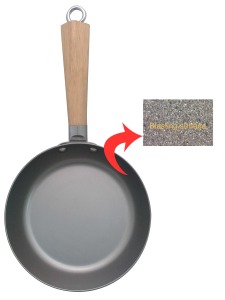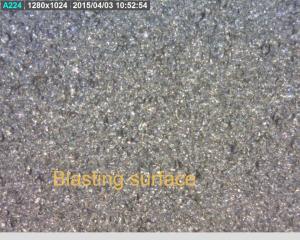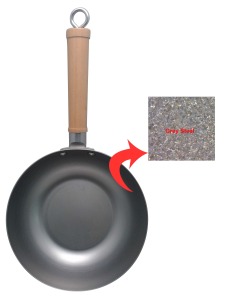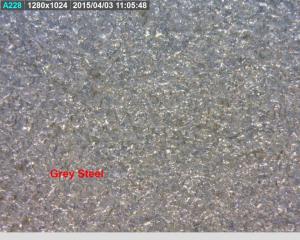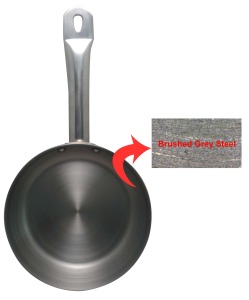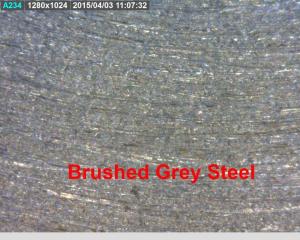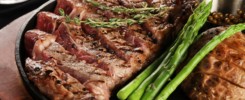A significant quality difference between Patina Non-Stick cookware and other grey steel cookware on the market is the treatment given to the steel surface during the production process. Most general grey steel cookware sold throughout the world today is manufactured either directly from the steel
coil, or it has been polished for a more shiny appearance. However, the surface for Patina Non-Stick cookware is treated with a different production process and instead is blasted by a machine to roughen the surface and make it more uneven. So when oil is added to the pan before each use a non-stick patina will gradually build up on the surface. This polymerized fat has more space, compared to polished steel for example, to rest between the ‘valleys’ of the steel for a more durable, better quality non-stick effect.
Conversely, a blasted surface is also highly beneficial even before the patina has been developed. For example, if you were to fry an egg on general grey steel or polished steel then most of the oil would not remain on the pan after you turned over the egg. With a blasted steel surface on the other hand, even when you flip the egg some oil will still remain on and in the ‘valleys’ of the steel to provide some further non-stick release. Below are some pictures, with a magnified area of the steel included, which show clearly the difference in surface treatment between a blasted steel pan and other types of grey steel pans.
